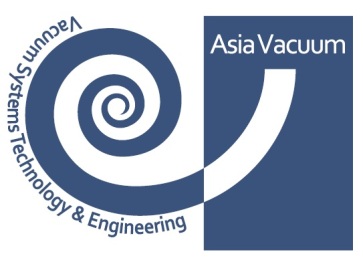Proper Maintenance of OilSeal High Vacuum Pumps
Practical, step-by-step instructions for oil changes and
power flushes
John L. Brock, Sales Engineer
Welch Vacuum Pumps, a Gardner Denver Product
Properly maintained vacuum pumps will provide many
years of reliable, maximized performance. This article
addresses simple ways to maintain such vacuum
pumps and options for what to do when pump
performance is compromised due to oil contamination
and degradation.
Principles of Operation
Oil-Seal, Rotary Vane vacuum pumps pull millitorr-level
vacuum (‘high vacuum”) by sweeping intake air and
vapors from the intake port around to the exhaust port.
Note in the diagram above how the rotor is offset in the
chamber, or “stator”. The rotor is set with only 1/1000”
clearance from the top of the stator. Vacuum pump oil
seals this tiny gap and prevents regurgitation of the
airflow. For this reason this technology is referred to as
“oil seal, rotary vane” vacuum pumps. Vacuum pump
oil also lubricates the vanes, which are spring loaded
so they always push to the inside wall of the stator,
allowing for very efficient sweeping action. In a “two
stage” pump, the exhaust from the first stage chamber
is fed into the intake of the second stage and lowers
the vacuum level achieved down to, or below, 1 millitorr
(1 X 10-3 mm Hg) residual pressure.
When a vacuum pump is first evacuating, the oil vapor
pressure is high enough that a visible amount of oil
continued on page 2
continued on page 3
